Techniques for Keeping a Resume Short and General Guidelines
Post Views 6Summary: Here are effective techniques that will help you keep your resume short and also make sure it is memorable (in a good way) with employers.
- Eliminate the “I’s” and “my’s.” “I reported to the Director of Finance” becomes simply, “Reported to the Director of Finance.” Also eliminate as many “and’s” and “the’s” as possible.
- Use occasional slashes (/). In reviewing the sample resumes you will note how two or more duties, functions, or activities can be placed next to each other with a instead of a conjunction such as “the” between them. Thus, “Conducted domestic and international software classes” becomes, “Conducted domestic/international software classes.”
- Hyphenate an occasional word or two. Never allow more than two consecutive sentences to end in hyphens. Never have more than three or four hyphens per page. I told you to avoid using “the,” “of,” “both,” etc., because they slow down reading. Now I’m telling you it may actually be desirable to insert a “the,” “of,” “both,” and so on to avoid excessive hyphenation.
When you justify the right margin the computer will stretch words and spaces throughout the line so that each line manages to end at the right, directly under the line above it. In doing so, the line often winds up with wider than acceptable gaps or white spaces between words. This is unsightly and, worse yet, slows down the reading. Use a ragged right margin. But this also can be a problem because, once in a while, a line or two will “stick out” farther than the other lines.
There are two basic ways to try to have a right margin as close to justified as possible:
- Rewrite the offending sentence leaving out, inserting, or changing words but not changing its meaning.
- Change the margins. However, don’t end up with skinny left and right margins that allow you to place too much ink on the page, destroying your document’s appearance.
Now you should see how it’s possible to pack a lot more on one page than one might suspect—still leaving ample white space so that you don’t drown the reader in a sea of ink—and without using small type or cramming things together. Avoid small type sizes at all costs. If the type is too small, it won’t be read. Use 12 point or perhaps 10 point type, but don’t go any smaller. Also avoid fancy, hard-to-read fonts, like italics or script.
General Resume Guidelines
Brevity—one page if possible. Never more than two.
Clean type—laser or letter quality printer. No smudges.
Quality reproduction—done on the printer’s best copy machine, or printed “fresh” for every application.
Quality stationery—resume, cover letter, and envelope all of the same quality stock of a subdued color.
Spelling—perfect.
Punctuation—perfect.
Grammar—correct.
Key titles and names—all caps, bold-faced, underlined if you like them that way.
Bullets—preceding especially important information such as specific accomplishments. Do not create a page of wall-to-wall bullets. Overuse defeats their purpose—to draw attention to some very specific point or points.
White space—ample margins and internal white space. Don’t drown the reader in a sea of ink.
Dates/numbers/percentages—break up the monotony imposed by words, words, and more words—especially if you have a numbers type background and it is fairly impressive. Be certain to quantify as many of your duties, responsibilities, and accomplishments as possible.
Minimize articles—eliminate “and,” “of,” “the,” etc., whenever possible.
Personal pronouns—none.
Action words—use words that invoke action imagery: created, initiated, and analyzed. Or, in the present tense, creating, initiating, and analyzing.
Summary
Always present your resume, in person, to the person in charge of your area of interest. In doing so, you prevent rejection by mail while providing a road map for the interview.
- If you have to mail your resume, always mail it to the person in charge of your interest area. Be certain to address him or her correctly as Dr., Mr., Mrs., Miss, or Ms.—spell the name correctly—include his or her correct job title.
- Your resume must contain a telephone number, or numbers, where you, or someone delegated to represent you, can be reached during the day.
- The information immediately following the opening block of personal contact information should be composed of data most directly related to your job target.
- Your resume must contain only information that sells.
- Your resume must invite immediate reading. It should cry out, “Read Me! Read Me! Read Me!”
- Your resume should make the reader want to know more about you.
Your resume is your sales piece. Be proud of it!
Techniques for Keeping a Resume Short and General Guidelines by Granted Contributor


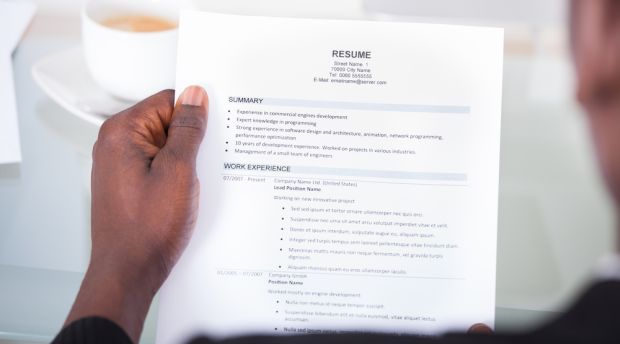
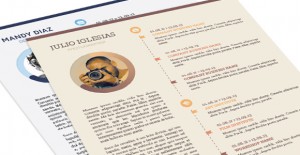 Small Changes to Your Resume That Make it Easy to Scan
Small Changes to Your Resume That Make it Easy to Scan 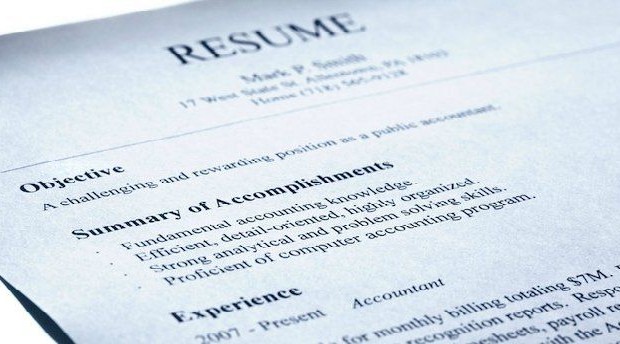 11 Easy Ways to Make Your Resume Stand Out Before Graduation
11 Easy Ways to Make Your Resume Stand Out Before Graduation  Six Sections to Include on Your Resume
Six Sections to Include on Your Resume 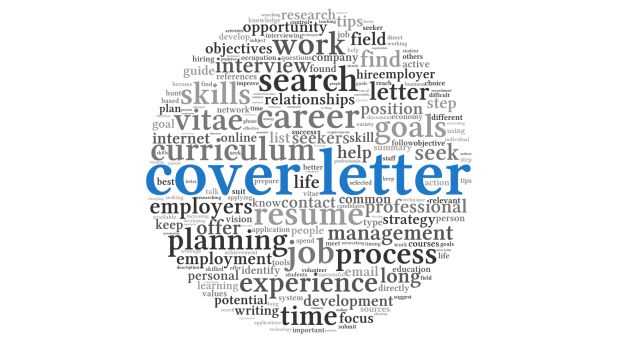 How to Write a Winning Cover Letter
How to Write a Winning Cover Letter  6 Tips to Help You Build a Strong Resume and 20 Things You Should Remove
6 Tips to Help You Build a Strong Resume and 20 Things You Should Remove  6 Words to Remove from Your Resume
6 Words to Remove from Your Resume 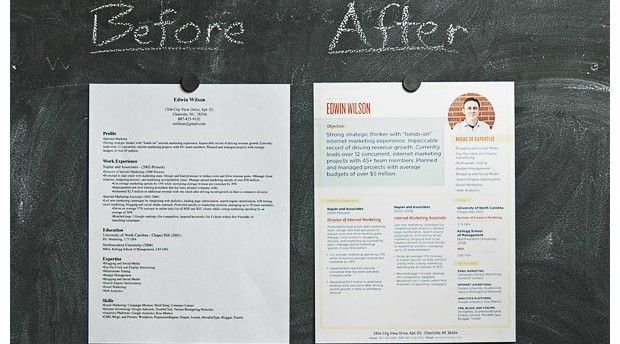 Give Your Resume a Makeover
Give Your Resume a Makeover  Addressing Unemployment
Addressing Unemployment